Like a Local Guide to the Neighbourhood of Christiania
The neighbourhood of Christiania is a unique and culturally significant place in Copenhagen - put it on your list of places you must visit in the city! It is, however, not without controversy, and despite being declared a “Free Town”, there has been a history of drugs and conflict among the hippy and alternative community that lives here. An understanding of its history and culture is key to exploring the neighbourhood and enjoying it like a local. There is plenty to experience here beyond the famous “Pusher Street.” A dynamic and vibrant neighbourhood, it is also home to music venues, art galleries and studios, workshops, arts and crafts for sale, and plenty of delicious food options. A creative space and community that promotes free spirit and lifestyle, it's one of our favourite places in the city.
A short walk from our hostel you can find Christiania on the island of Christianshavn. No cars are allowed so enjoy walking around or explore by bike. From Rådhuspladsen (City Hall Square) it takes about 20 minutes to walk or you can take a bus.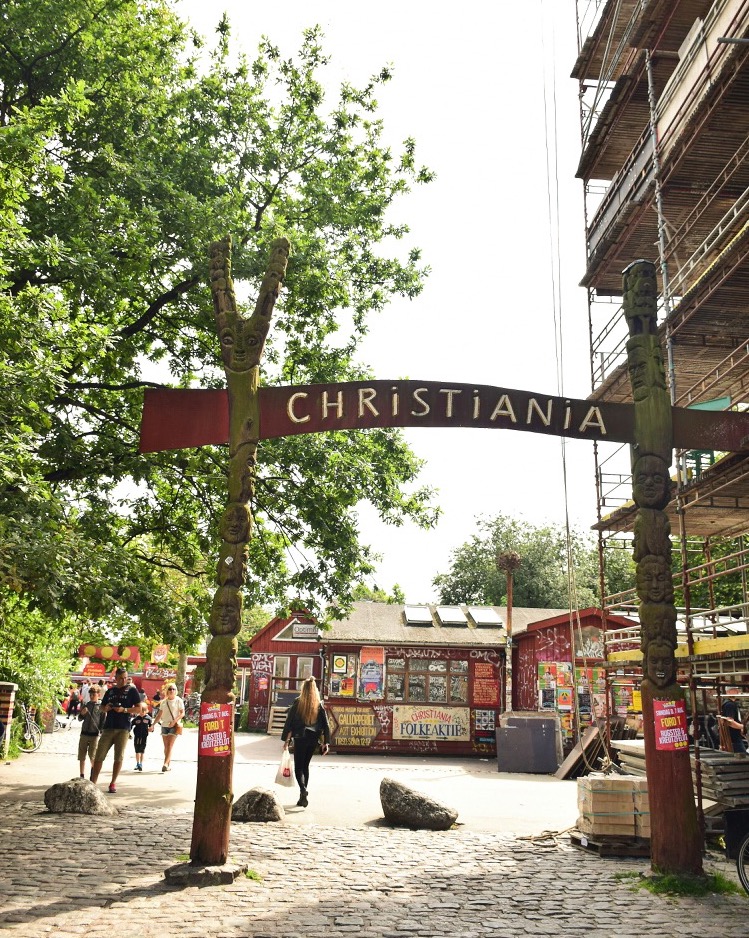
Over half a million visitors come to Christiania each year, and it is home to around 1,000 residents, so the community is small and quite used to tourists. Famous for the relaxed attitude to the open cannabis market here in Pusher Street (until last year), it attracted plenty of visitors curious to see the culture here and the unique atmosphere in this historic area. It is mainly a family area, with many artists living here in the community, and still a large number of the original families that moved here 50 years ago! The creativity here is evident in the architecture and housing which often has unique hand-built pieces interweaved and plenty of quirky elements. The creative spirit is also reflected in the the events that take place and the handicrafts on sale. There is a large Christmas Market here also where local artists can exhibit and sell their work. In Summer it is lovely to walk along the waterfront here, and there are plenty of live music events and cultural workshops to enjoy.
It is also possible to take tours from the locals as they have locally led guides. These tours are led by locals who have lived in the area for years and know the culture and history, and they can give a sight to what it is like to live here. This is an ideal way to find out what local life here is actually like, and you can ask questions. The tours are usually in English and Danish, and they run from end of June to September for the summer season.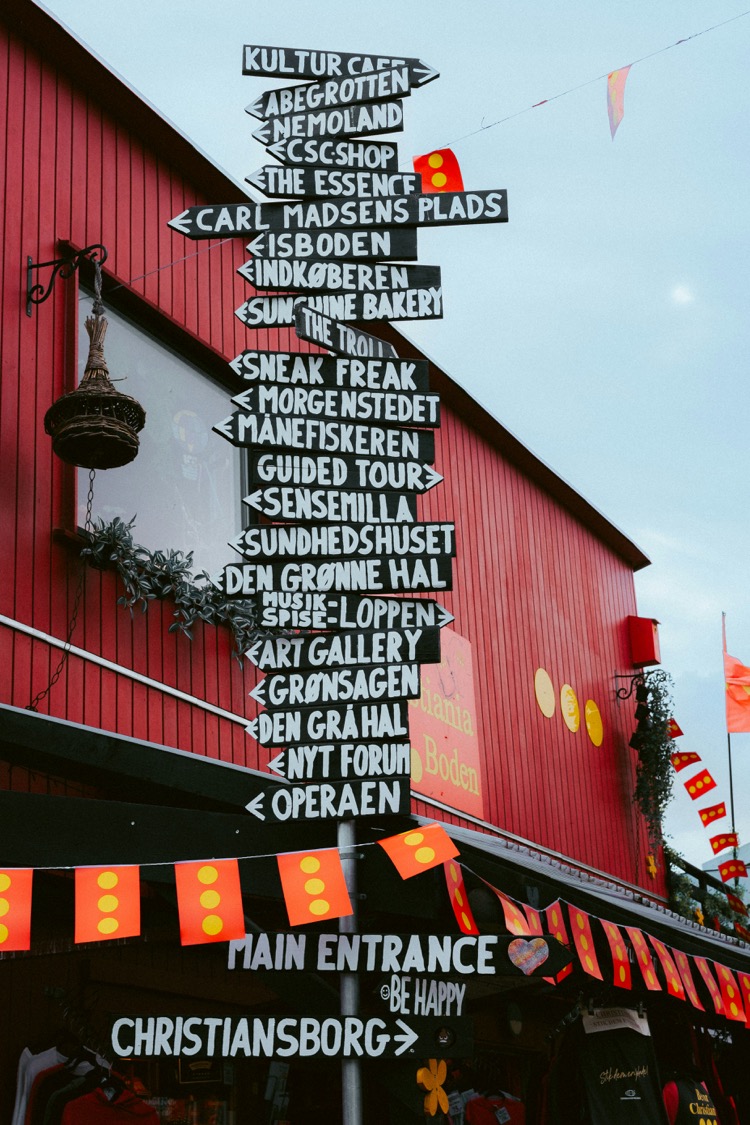
The History and Origin of Christiania
Christiana was founded as a community in 1971 by a group of ‘hippy’ activists, artists, and creatives seeking an alternative lifestyle and neighbourhood. They broke into the military barracks in Bådmandsgade and claimed the area as a “Free Town” where they could live outside the every day restrictions and more significantly, Danish law. This was the beginning and for over 50 years the community has been known as an alternative and free spirited one, where counter culture lifestyle has thrived in a mostly peaceful environment and created a unique place in the city that was self-governed and unlike anywhere else in Denmark.
Christiania existed under special conditions for over 40 years, often in conflict with the Danish state, which caused a headache for the government and policing the area. A resolution to this was creation of the Foundation Freetown Christiania in 2012, which meant the land was owned by the residents and there was stability as it was officiated. 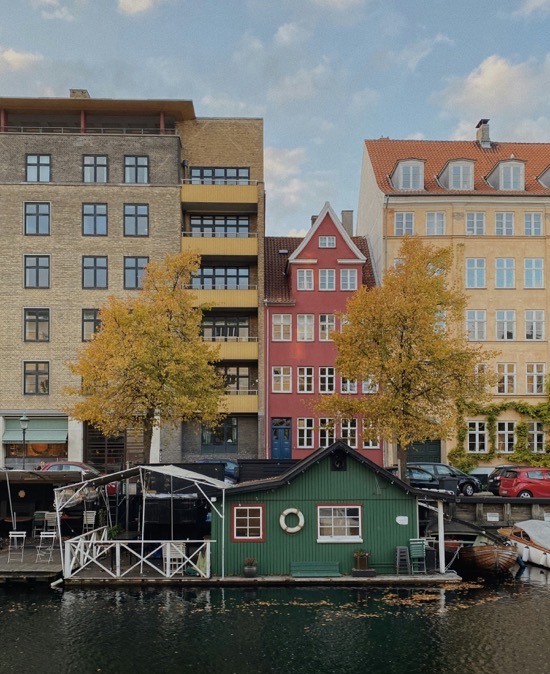 However, along with creative communities and alternative lifestyle came a drug culture where cannabis was openly sold like a market in the famous Pusher Street and harder drugs become common here, leading to gang violence, shootings, and concerns for safety for residents and visitors.
However, along with creative communities and alternative lifestyle came a drug culture where cannabis was openly sold like a market in the famous Pusher Street and harder drugs become common here, leading to gang violence, shootings, and concerns for safety for residents and visitors.
Residents became fed up with the open drug culture creating a bad reputation of the neighbourhood as well as conflict with drug dealers, gangs, and the police, and since the neighbourhood stood for being self-governed, they decided to take action. In April 6 2024 the residents removed the cobblestones on Pusher Street, which effectively closed it! This created a major shift in the neighbourhood for residents and visitors, as the famous drug market was taken away and the neighbourhood wanted to dissassociate itself with cannabis culture and the open market.
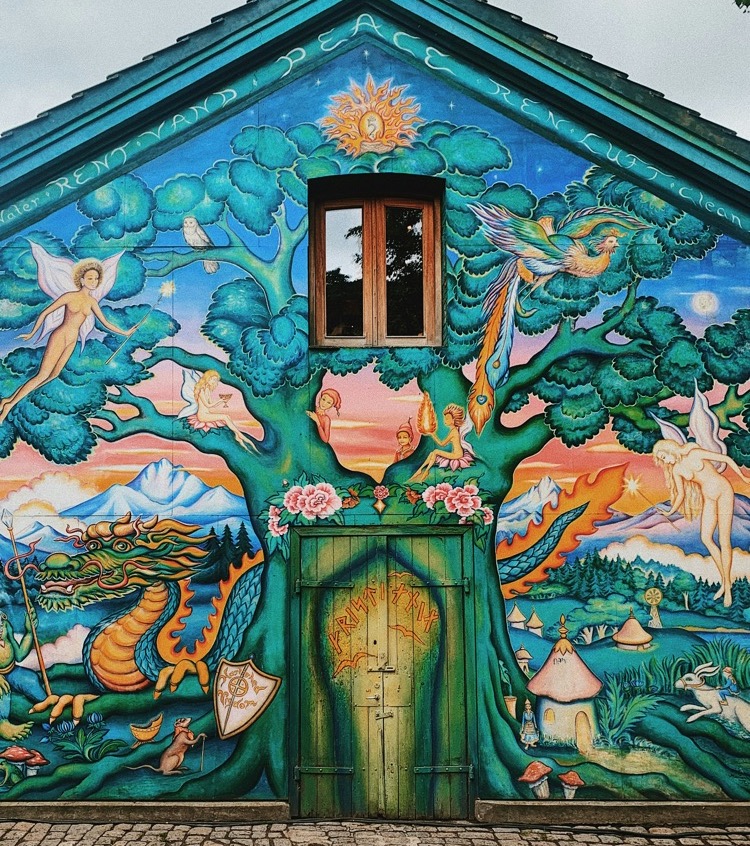
Visiting Christiania
"No photos, no running, no buying drugs! (And have fun)."
These were the 3 rules that have been key in its history due to the drug culture and to avoid any fear of conflict with gangs - buying drugs was still illegal here, although largely ignored. Famous for the “No Photos” sign and an explanation of the cannabis trade here, since 2024 the area has now changed and photos are allowed again (with respect to resident’s privacy as always). So now, you can take photos! Read the many signs explaining this - the locals want you to known that photos are allowed because there is no longer an illegal drug trade here. Because Pusher Street was the main tourist attraction here, and many cafes and bars surround it depending on visitors for their business, there are now several closed businesses in the area and the economy is suffering (as the area relies on business rents for its economy).
Christiania is an exciting place to visit - with historic streets and buildings, graffiti, street art, there is plenty to look at from sculptures to urban installations. It is unlike anywhere else in Denmark! The famous Green George sculpture has proved to be instagrammable.
Christiana has some venues that were famous throughout the city as institutions of the neighbourhood, such as the now closed live music venue Café Loppen and the large open air seating at live music venue Nemoland. Christiania is a place where diversity is celebrated and there are plenty of interesting places to visit here - with many artist still enjoying studios and workshops here and market stalls. The best place to find information on concerts, events, markets and installations is the community Facebook page here. And unlike the rest of Coepnhagen, this is cash friendly, with local markets and shops preferring cash over card payments.
Don’t miss out on the skate park at Christiania Wonderland if you’re a skater, or visiting the historic Grey Hall - home to the Christmas market but also known for concerts - Bob Dylan has played here! The bridge that connects the Christianshavn side to the Amager side, the Dyssebroen, is a charming place to walk along the water and relax by the trees. Here there are picnic spots and wooden platforms on the water where you can take a swim!
Christiania is now considered a safe neighbourhood to visit, with no more drug shootings and gang culture. But, when visiting, it is still sensible to stick to the main areas, especially at night. And many locals don't like to discuss the drug culture here, so be sensible when asking questions!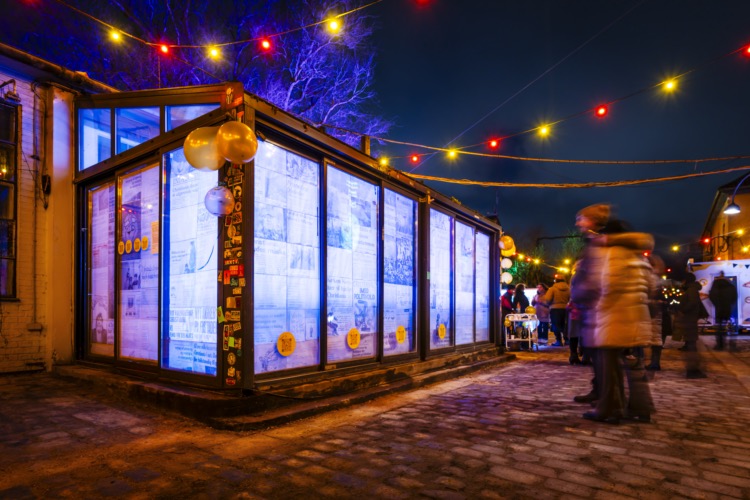
Where to Eat and Drink in Christiania
This is a great neighbourhood for exploring eateries, with plenty of vegetarian, vegan, and organic food on the menus. There is everything from sweets and pastries to upmarket bistros - so take your pick (depending on budget!). Here are a few recommendations of our favourite places for food and drink in Christiania.
There are lots of cafes and budget friendly places, with Morgenstedet vegetarian restaurant top of our list. Serving up delicious and meat free meals for the past 20 years, this place is a local favourite. Grab a seat outside on a sunny day (and your own cutlery - it’s kind of self service). Another place great for vegetarian food is Grønsagen - follow the colourful sign for a cost place that also serves up great cakes.
Along with sandwich places and pastry shops (Lagkagehuset if you want something sweet) there are also plenty of restaurants to eat in. Part of the famous and iconic music venue Nemoland, there is now also Bistro Nemo - a more upmarket French/Nordic eatery - think food and wine. The Nemoland bar still serves beer from 20DKK so there is plenty of choice on price. Here you can sit out in summer and enjoy the concerts, or the colourful surroundings that have made it a key part of the community for the past 40 years. No visit to Christiania can be complete without a visit here!
Spiseloppen is a cosy restaurant in Loppebygningen (old military building), on the second floor. Here they have tasty food (also available for take away) and cocktails. It’s an “eat local” place with an international staff and great atmosphere. It’s open Tuesday to Saturday - call and book in advance. If you are looking for something more upmarket and to splash some cash, Cafe Wilder has a great value set menu (this is more of a steak and oyster joint than sandwiches - but they do have an awesome burger!)
Grab a drink Christiania Bryghus, The Lab, or at the local favourite Cafe Woodstock - the oldest bar in Christiania with lake seats. If Jazz is your thing, then check out Jazzklubben - an atmospheric music joint that hosts Sunday jam sessions.
Wherever you go you are sure to find intriguing spots to enjoy the local relaxed vibes and experience a different side to the city. We hope you enjoyed our guide to exploring Christiania Like a Local!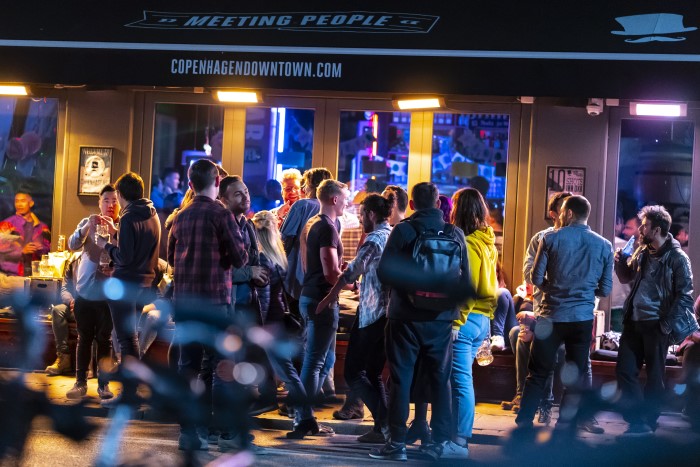
Join us for live music events at Copenhagen Downtown Hostel
We host some of the most fun international party nights in the city! Sing-a-long with our guitar playing genius Morten, karaoke nights, live music, DJs and more. Our bar is open to locals and hostels guests to meet and make new friends, with themed party nights, solo traveller meet ups, and games nights. To find out abour our events check here
We are also part of the Europe's Famous Hostels network, being the hostel of choice for the Genuine Backpacker, as part of a network of over 50 hostels across Europe. Find out more about Famous Hostels here www.famoushostels.com
Copenhagen Downtown is a proud member of Famous Hostels - stay with us for a #GenuineBackpacker experience.
